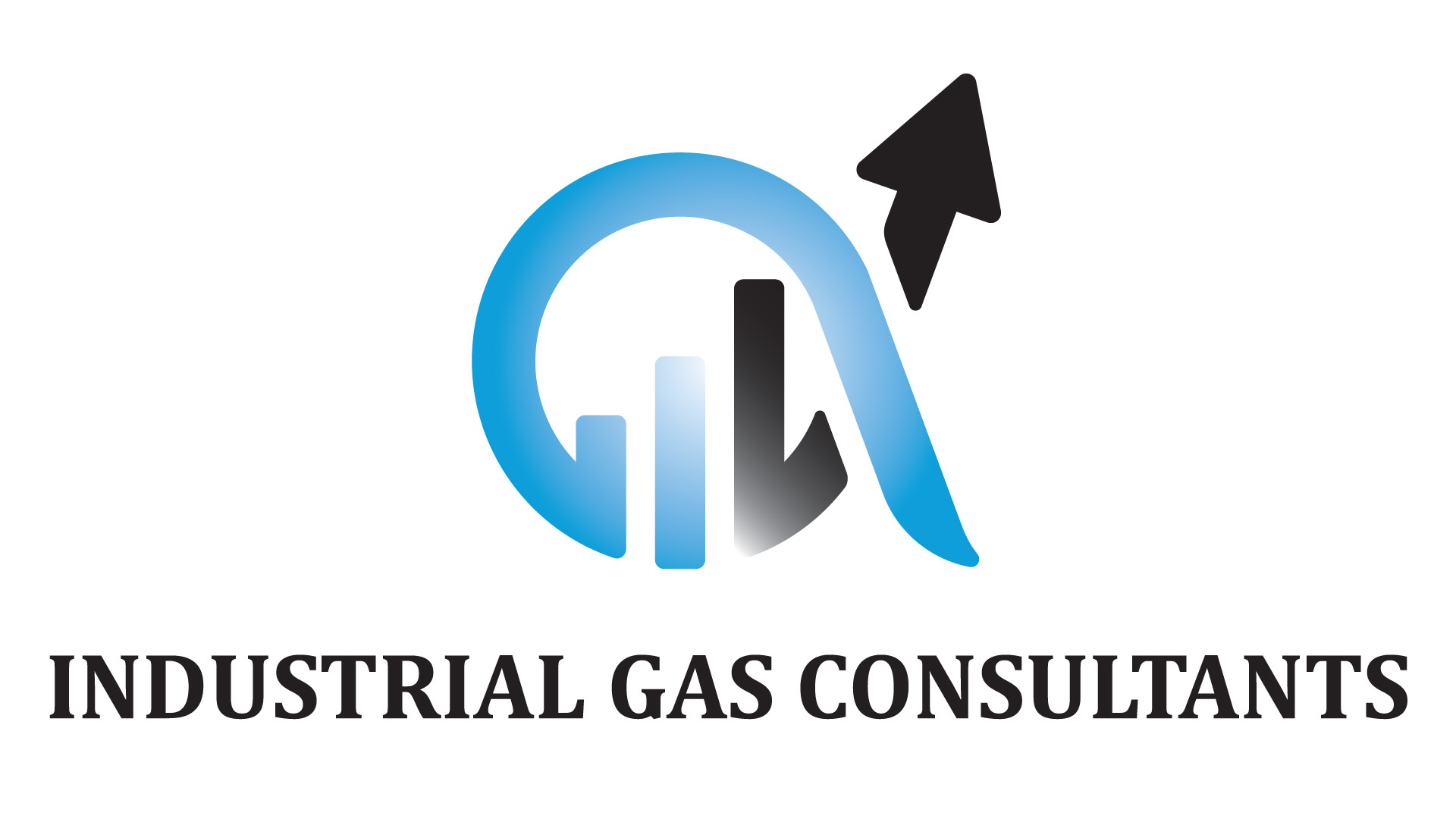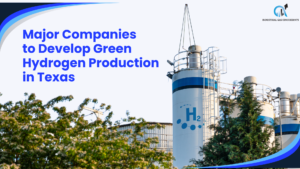Did you know that the way we measure carbon intensity can have a significant impact on the future of supply chains? With the current environmentally conscious world, businesses are increasingly looking for ways to reduce their carbon footprint. This blog post explores the crucial role that measuring carbon intensity plays in shaping sustainable and resilient supply chains.
Understanding Carbon Intensity
To begin, let’s define carbon intensity and why it matters. Carbon intensity refers to the amount of carbon (in CO2 emissions) released per unit of another variable. It is a key metric for assessing the environmental impact of an organization’s operations. Factors such as energy consumption, transportation methods, and production processes all contribute to a company’s carbon intensity. High carbon intensity not only leads to higher greenhouse gas emissions but also poses significant environmental and societal risks.
The Role of Carbon Intensity in Supply Chains
Measuring carbon intensity is essential for identifying inefficiencies within supply chains and taking proactive steps towards sustainability. By understanding where emissions occur and quantifying their impact, companies can target areas for improvement and implement strategies to reduce carbon intensity. The benefits of reducing carbon intensity are numerous, including cost savings, enhanced brand reputation, and compliance with environmental regulations. Examples of companies like Apple and Walmart demonstrate how integrating carbon intensity measurement into supply chain operations can yield positive outcomes across various industries.
Methods and Tools for Measuring Carbon Intensity
Several methodologies exist for calculating carbon intensity, such as lifecycle assessments, carbon footprinting, and emissions tracking. These methods provide a comprehensive view of an organization’s carbon emissions and help identify hotspots for reduction. To ensure accurate and comparable measurements, it is crucial to use standardized metrics and industry guidelines. Technological advancements have also made monitoring and reporting carbon intensity more accessible, with the development of software solutions specifically designed for this purpose.
Case Studies: Real-Life Applications
Real-life case studies show the practical applications and positive outcomes of integrating carbon intensity measurement into supply chain operations. Examples range from smaller enterprises to multinational corporations, all aimed at reducing their environmental footprint. These case studies highlight the scalability and replicability of carbon intensity measurement across different industries and organizations, emphasizing its relevance and potential impact.
Overcoming Challenges and Barriers
Implementing carbon intensity measurement in supply chains does come with its challenges. Data collection, analysis, and interpretation can be complex and time-consuming. However, with careful planning and the right strategies, these challenges can be overcome. Collaboration and industry partnerships are essential to driving the widespread adoption of carbon intensity measurement, as they enable shared knowledge and resources to address common barriers.
Looking Ahead: The Future of Supply Chains and Carbon Intensity
The future of supply chains lies in incorporating carbon intensity measurement as a fundamental element. Emerging trends, such as the use of blockchain and IoT, offer innovative ways to measure carbon intensity and revolutionize supply chain operations. Additionally, government regulations and evolving consumer preferences are expected to further elevate the importance of reducing carbon intensity. To stay ahead, organizations must embrace carbon intensity measurement and incorporate it into their supply chain strategies.
Final Thoughts
Measuring carbon intensity is crucial for shaping sustainable and resilient supply chains. By understanding and quantifying carbon emissions, businesses can make informed decisions to reduce their environmental impact. The time to act is now, as the urgency to combat climate change grows. By adopting and scaling carbon intensity measurement strategies, we can pave the way for a more sustainable and future-proof business landscape. So let’s measure our carbon intensity, and together, let’s shape the future of supply chains.
If you want to learn more about the industrial gas service, you can contact me at 713-383-7010 or email me at info@industrialgasconsultants.com









